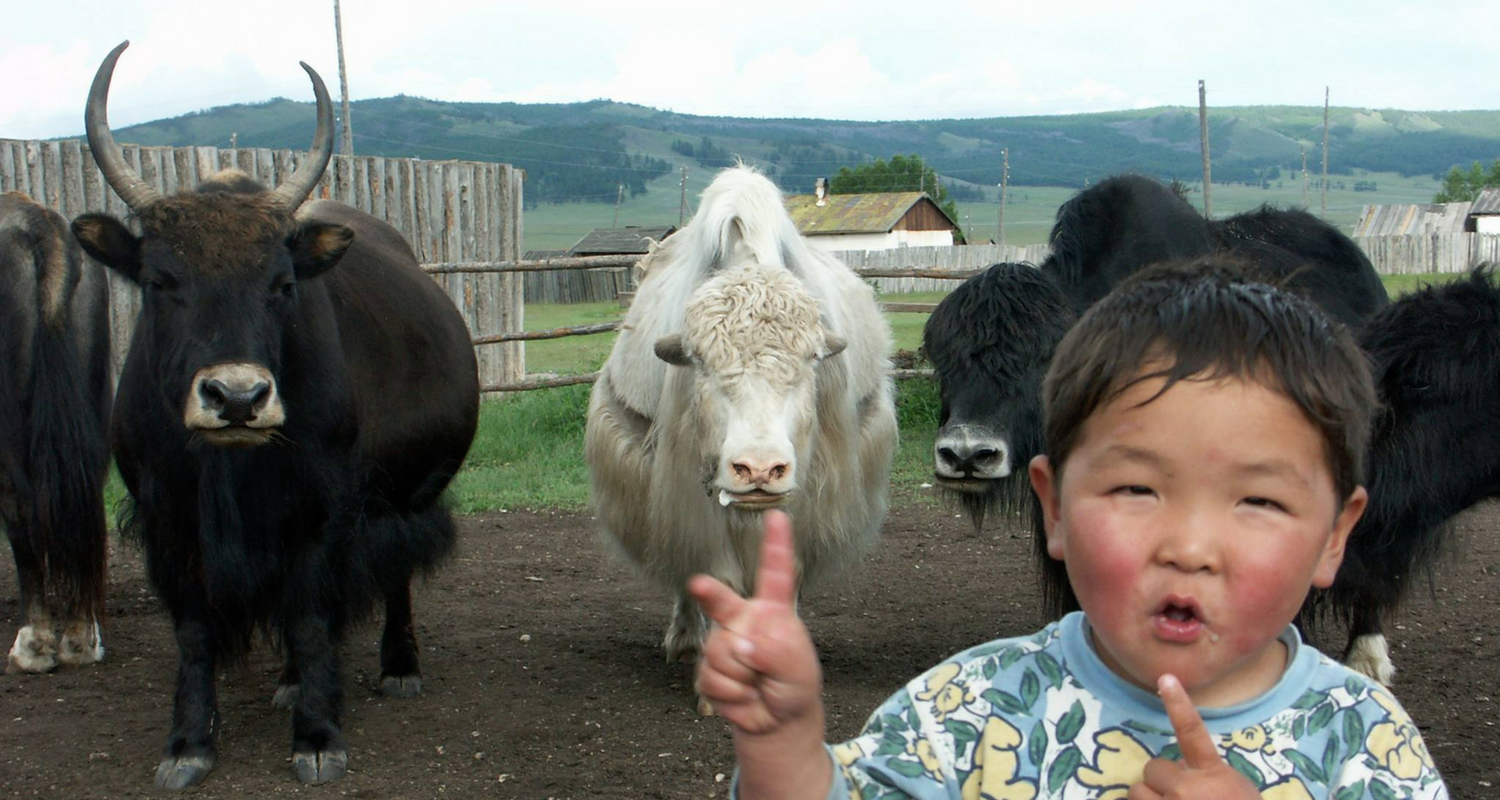
Based on nomadic culture, Mongolians have their library only in their “Tseej erdem” through generations. But this is not just a form of mental recognition. Erdem itself means “Knowledge through intelligence”. Nomads educate their children with practical daily life-based activities that one day will allow them to acquire Erdem about a different aspect of life. This knowledge should stay in their “Tseej”, meaning that it’s in their intelligence.
First of all, it’s because of their lifestyle. Nomads move 2-4 times a year, and its reason lies with a deep philosophy corresponding to their environmental intelligence. They don’t stay in one place to use all the grass and destroy the land. Instead, they move from place to place, and this way the environment stays sustainable and wild eternally. Additionally, their animals nourish with a new and fresh pasture when they change the place.
Nature is the supreme of everything. All knowledge comes through the understanding of nature and its phenomena. Authentic nomads call and see their god as the sky. Bluish and deep space correspond to their innermost beauty. That’s why we can see praises, songs, poems, artworks, and legends about the sky in all ages throughout their history. Children first learn this philosophy of sky and nature from their parents. It’s very natural that kids start to have close contact with their domestic animals. Once kids realize the connection between nature and animals, they start to learn their role for this connection. Parents teach their kids about all this through their songs, poems, tales, and games.
Life is harder than the city-based civilizations there. But they grow strong. They grow in a totally different way in many senses. More intuitive, free-minded, often they are called as wild, but wild in a sense of free-minded, they know what is the limit and not to harm others and nature. Nomadic kids are aware of their environment around, and the relationship between animals and all the livings.


